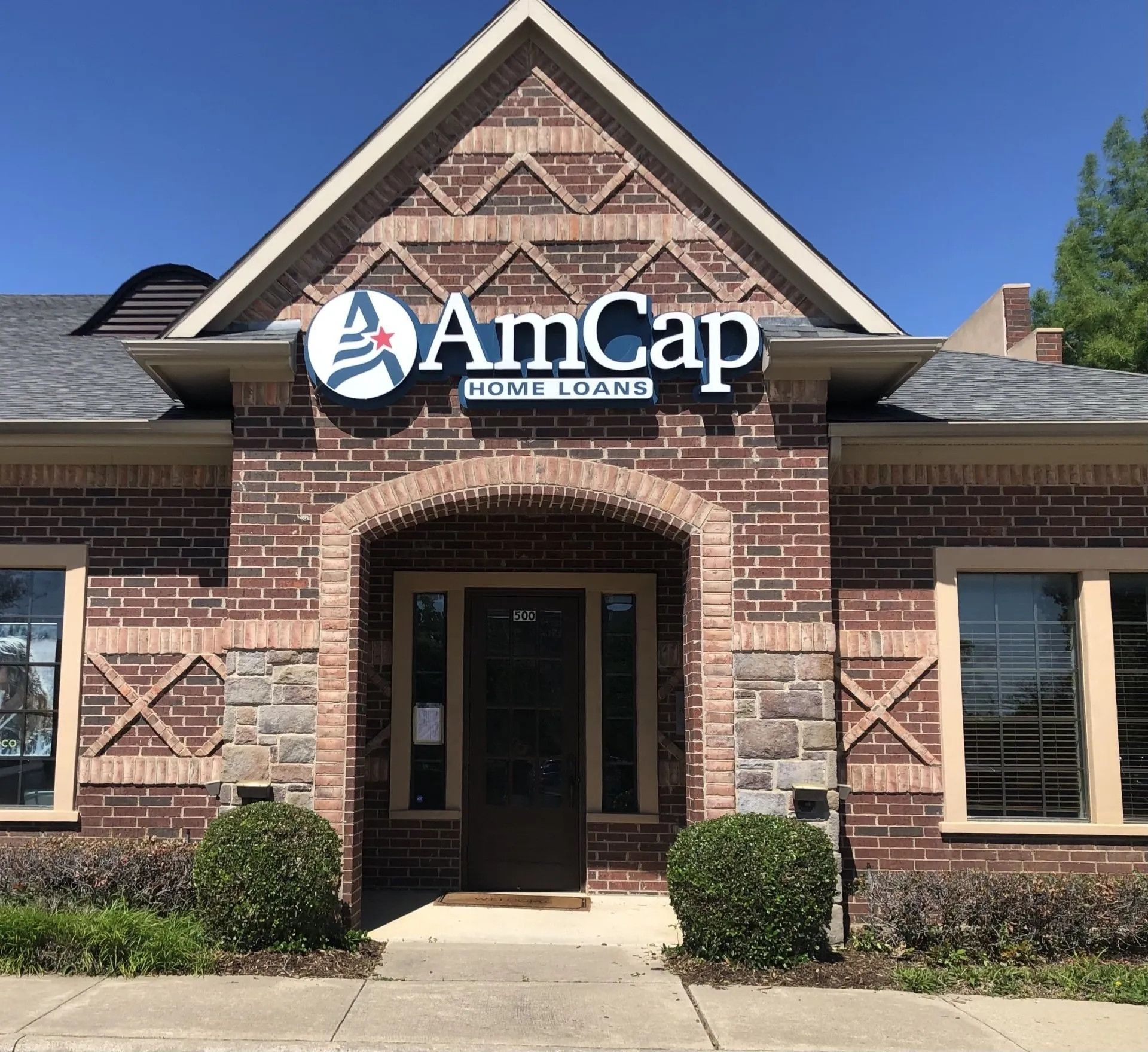A licensed and registered sign company plays a crucial role in helping businesses navigate sign regulations in different cities. Here are key contributions that such a company can make:
- Regulatory Compliance Expertise: Licensed sign companies are well-versed in local sign regulations and zoning ordinances. They can provide businesses with expert advice on how to design, install, and maintain signage that complies with the specific requirements of each city or municipality.
- Permitting Assistance: Sign companies can assist businesses in obtaining the necessary permits for their signage. They are familiar with the local permitting processes, paperwork, and requirements, helping to streamline the often complex and bureaucratic procedures involved.
- Design Customization for Compliance: Professional sign companies can design custom signage solutions that meet both the branding needs of the business and the regulatory requirements of the specific location. They can ensure that the signs are not only visually appealing but also compliant with size, height, lighting, and other specifications.
- Local Relationships: Established sign companies often have local connections and relationships with municipal authorities. This can be valuable in gaining insights into any recent changes in regulations, understanding enforcement practices, and fostering positive communication with relevant officials.
- Project Management: Sign companies can take on the responsibility of managing the entire signage project, from design and permitting to installation. This allows businesses to focus on their core operations while ensuring that the signage process is handled efficiently and compliantly.
- Code Updates and Changes: Sign companies stay informed about any updates or changes in local sign codes and regulations. They can proactively communicate these changes to businesses, helping them adapt their signage strategies to remain compliant with the latest requirements.
- Quality Assurance: Licensed sign companies are committed to producing high-quality signage that not only meets regulatory standards but also withstands environmental factors and stands the test of time. This commitment to quality reduces the risk of businesses facing issues related to non-compliance or sign deterioration.
- Risk Mitigation: Working with a licensed and registered sign company reduces the risk of legal consequences associated with non-compliance. These companies are familiar with the legal landscape and can help businesses navigate potential pitfalls, ensuring that signage projects are executed within the bounds of the law.
By partnering with a licensed and registered sign company, businesses can benefit from professional expertise, reduce the complexities associated with sign compliance, and ensure that their signage aligns with local regulations across different cities. This collaboration can contribute to a smoother and more efficient process of implementing and maintaining signage for business locations in diverse jurisdictions.
SIGMA Sign Company is well-versed in local sign regulations and zoning ordinances. We can provide businesses with expert advice on how to design, install, and maintain signage that complies with the specific requirements of each city or municipality. We will also obtain necessary permits for signage and can also work with your landlord on sign approvals to meet lease requirements. Visit us on the web at www.sigmasignco or call us today!
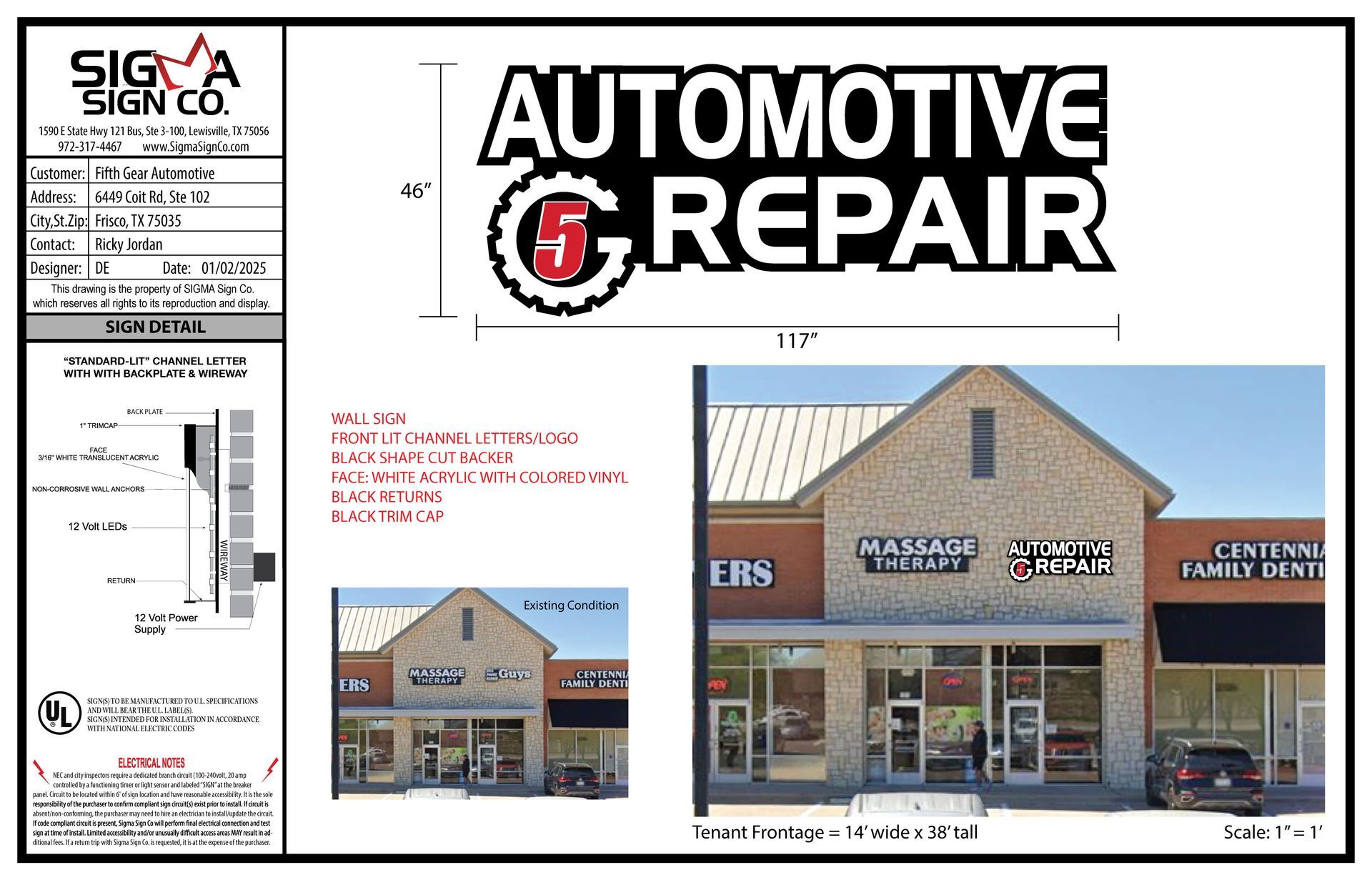

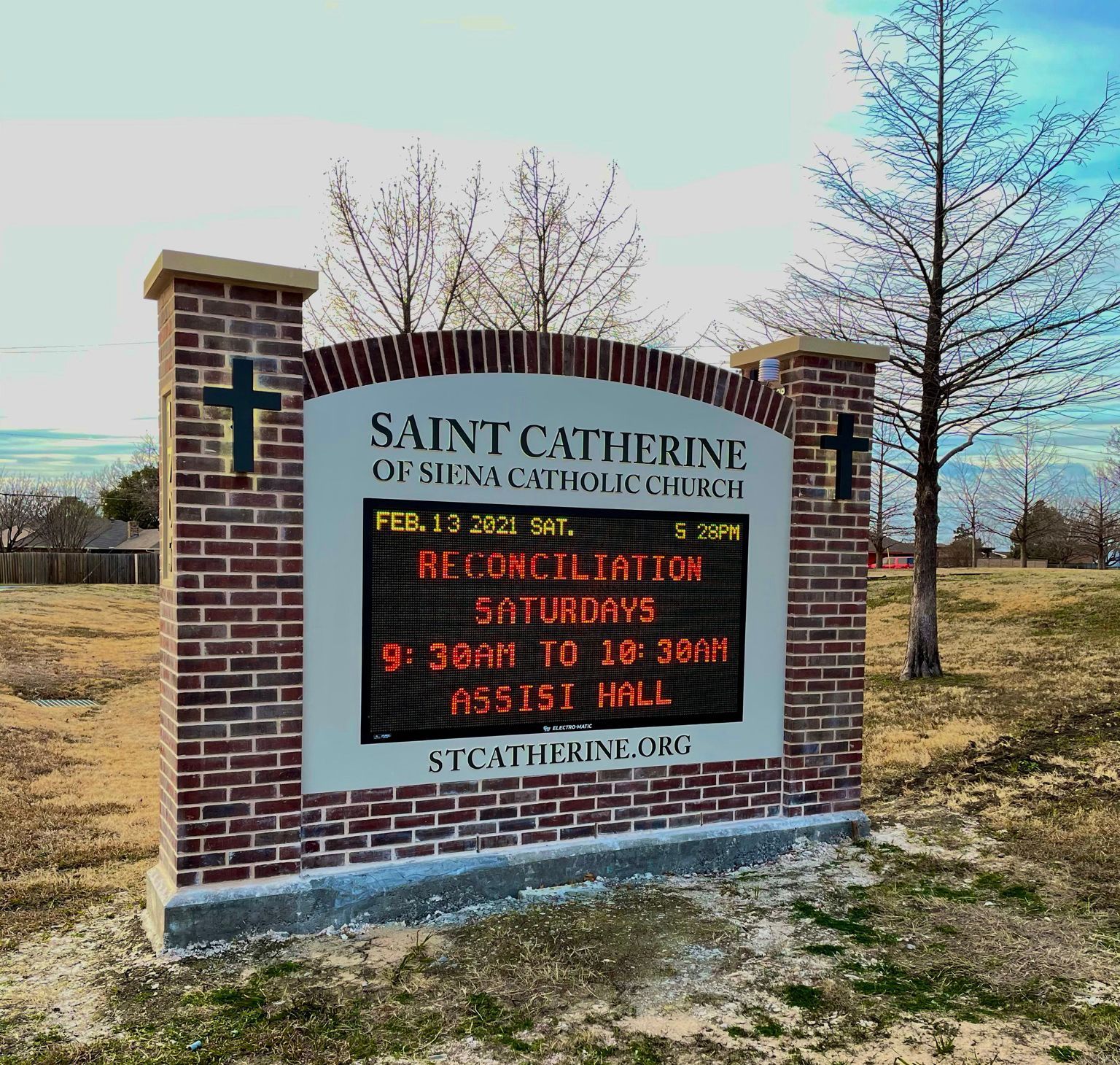
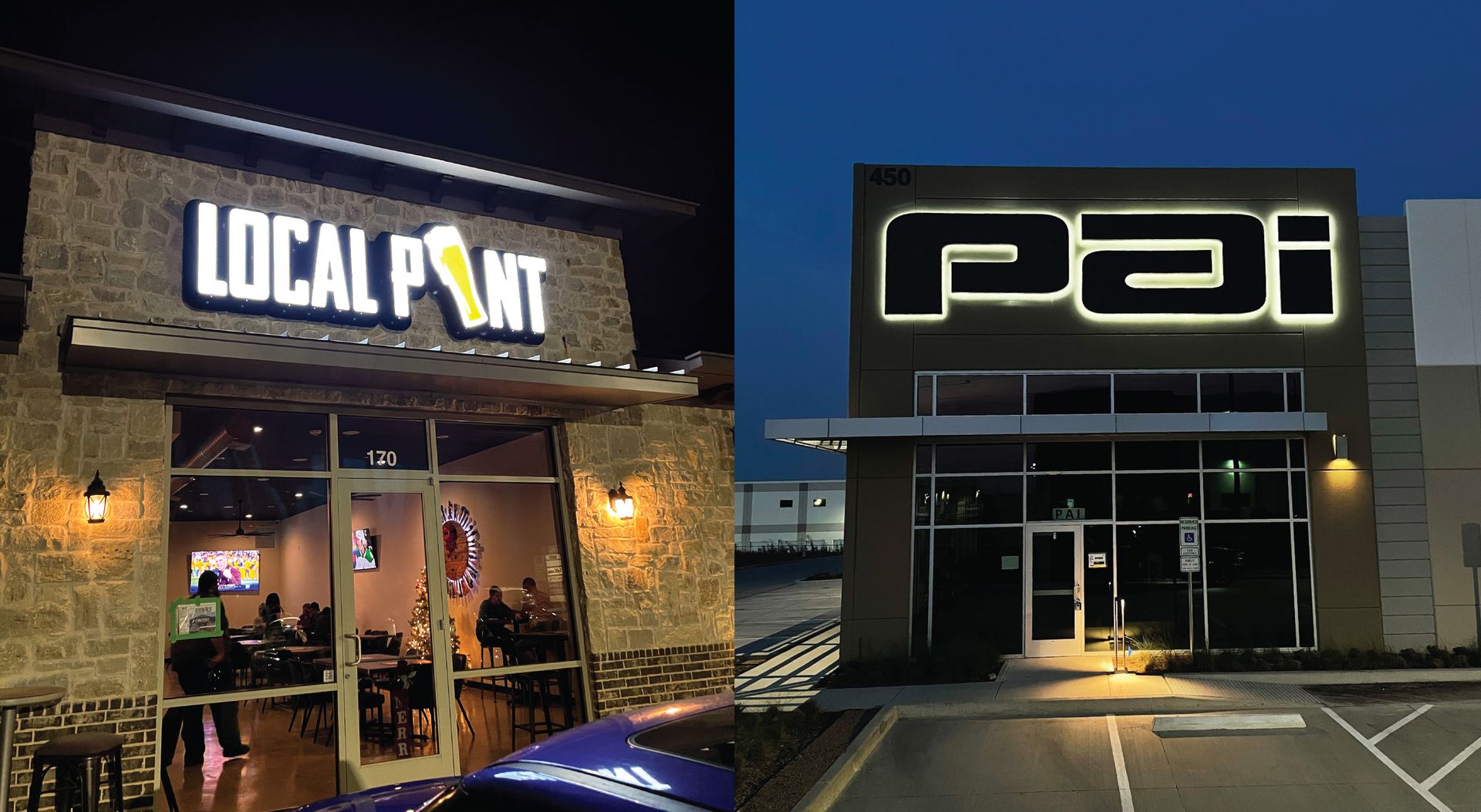
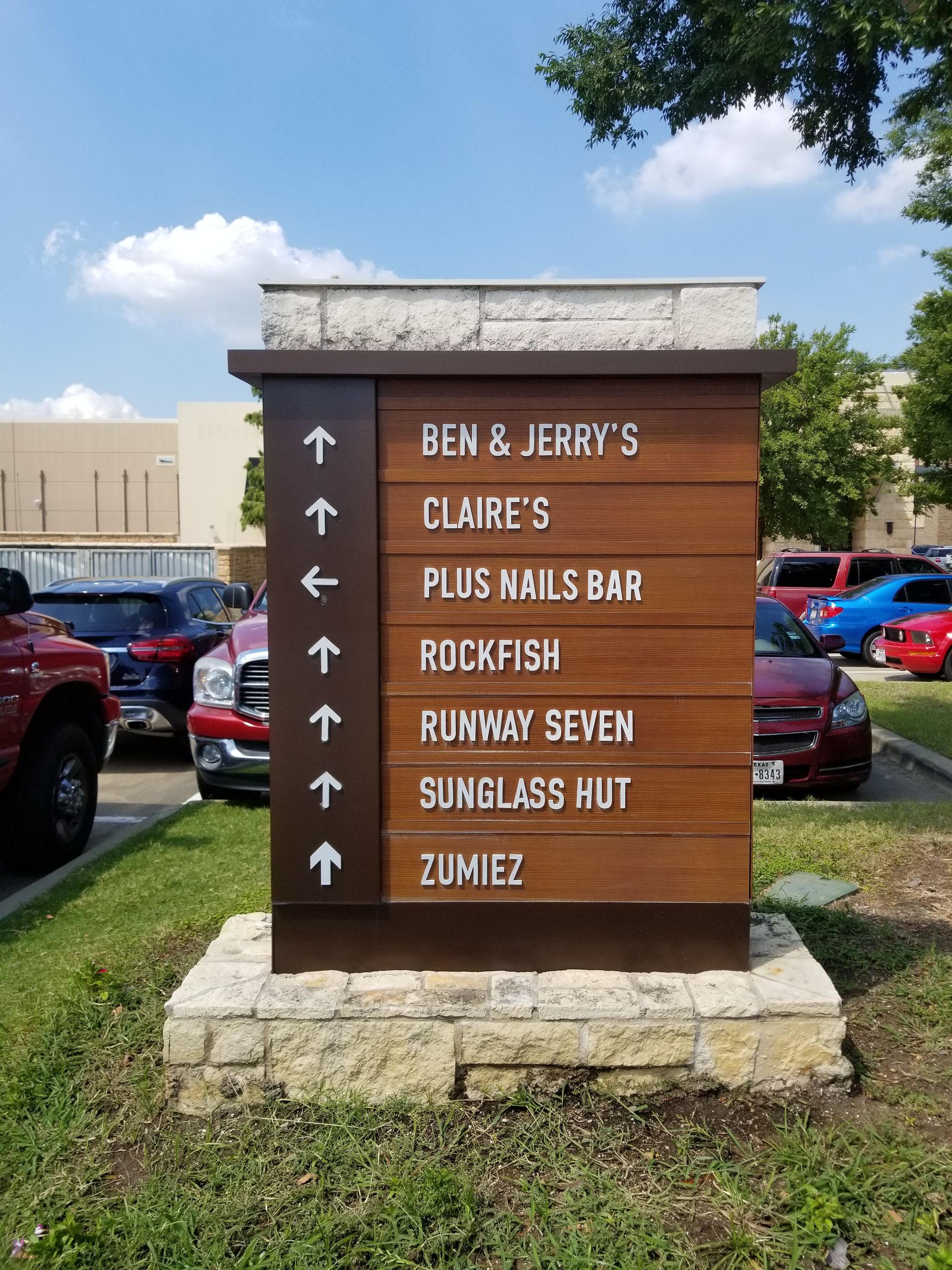
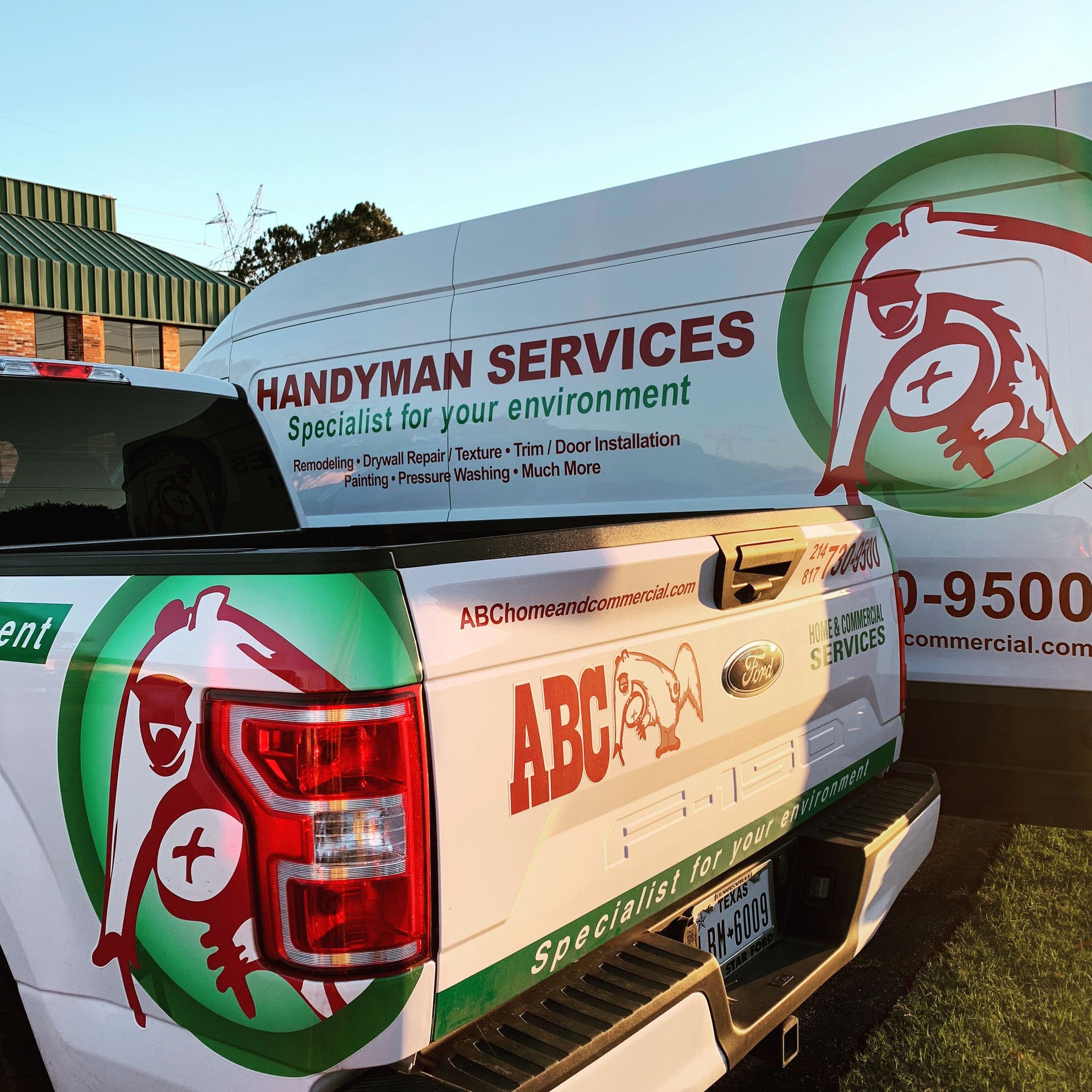
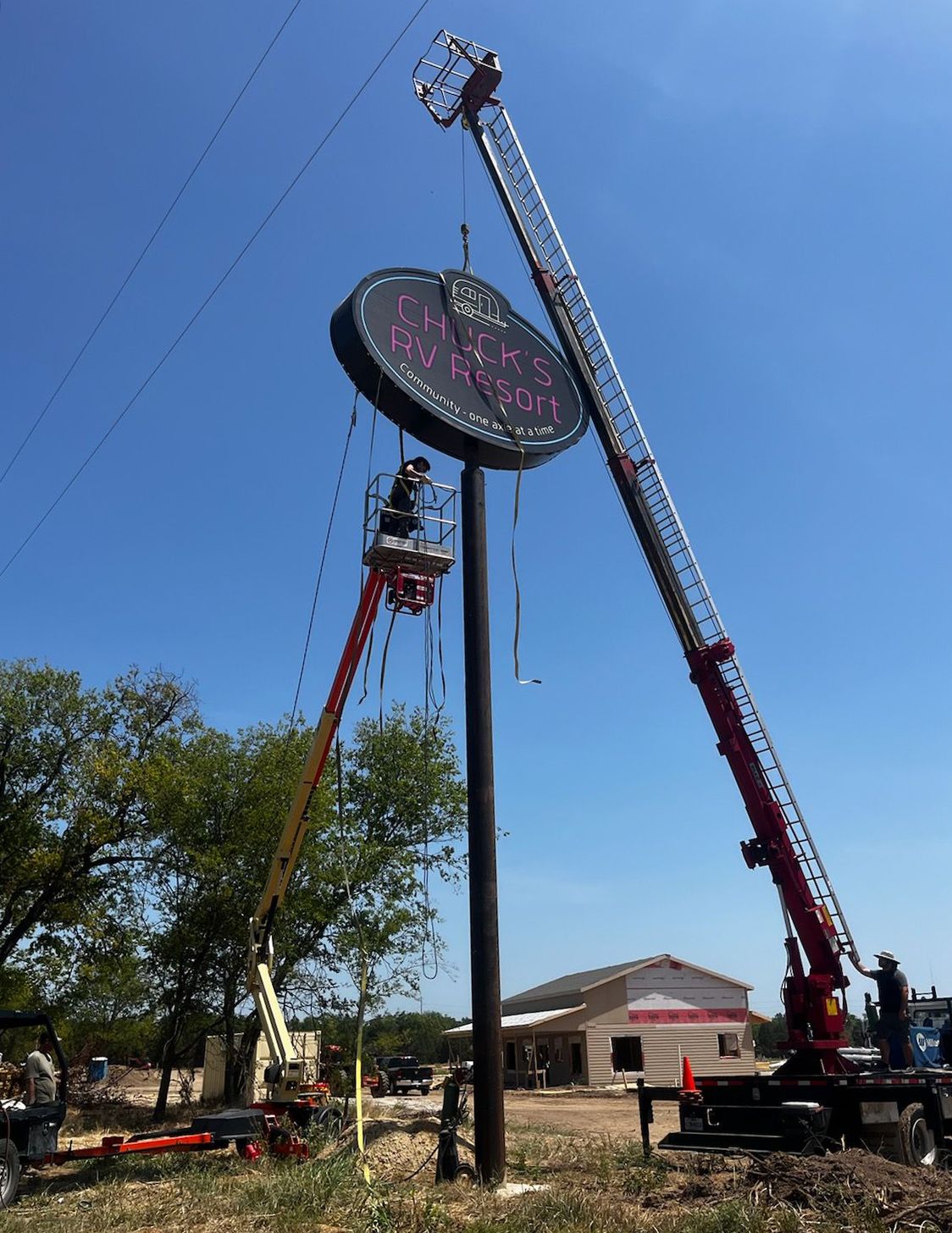
serving
Frisco
McKinney
Lewisville
The Colony
Flower Mound
Argyle
Bartonville
Prosper
Lake Dallas
Highland Village
Little Elm
Celina
Carrollton
Plano
Richardson
Allen
Southlake
Melissa
Farmers Branch
Haslet
Hurst
Bedford
Euless
Corinth
Denton
Keller
Addison
Lantana
North Richland Hills
and surrounding areas
Business Hours
- Mon - Fri
- -
- Sat - Sun
- Closed
Extended Hours By Appointment
Texas Licensed Electrical Sign Contractors TSCL18970

